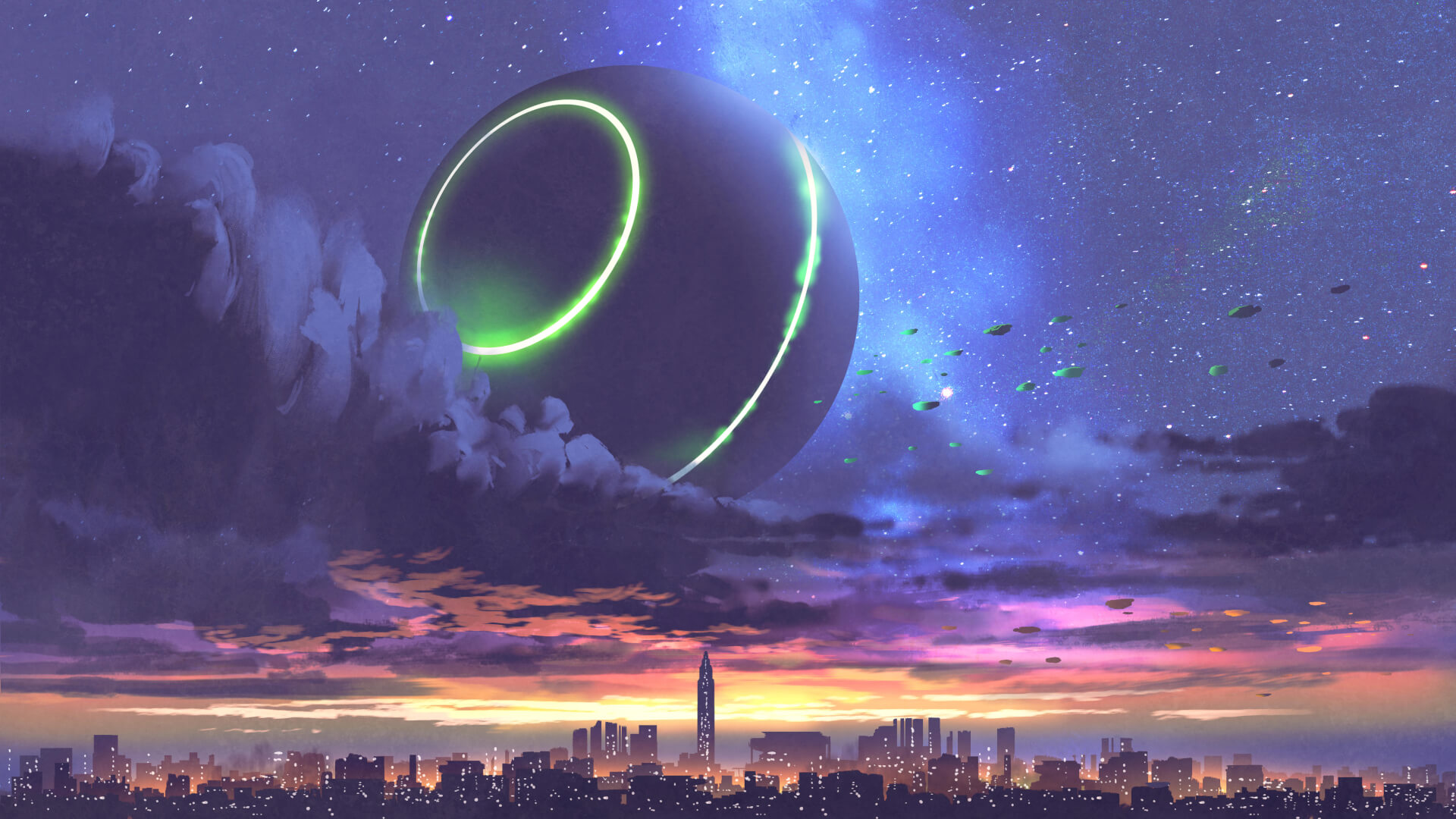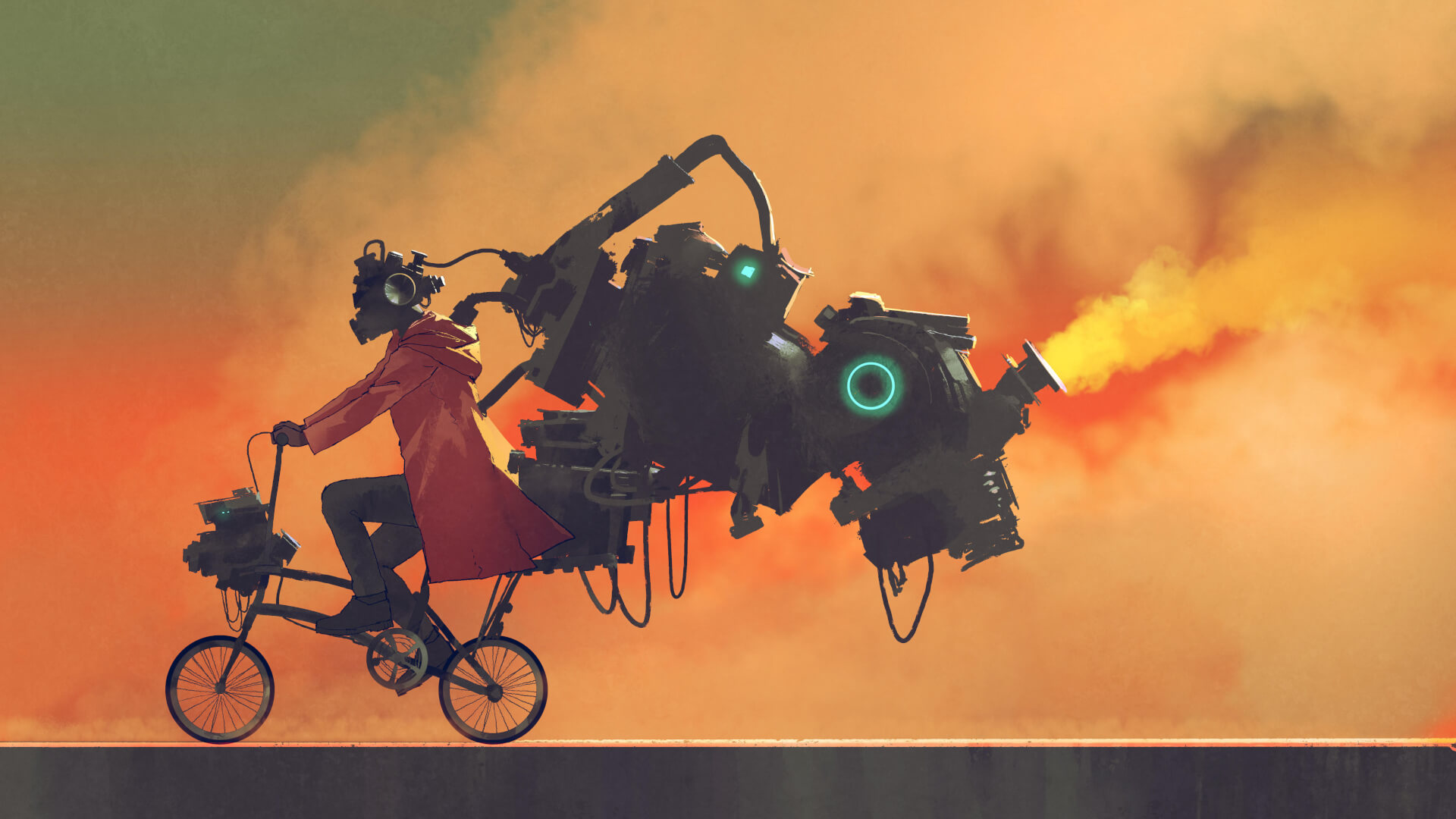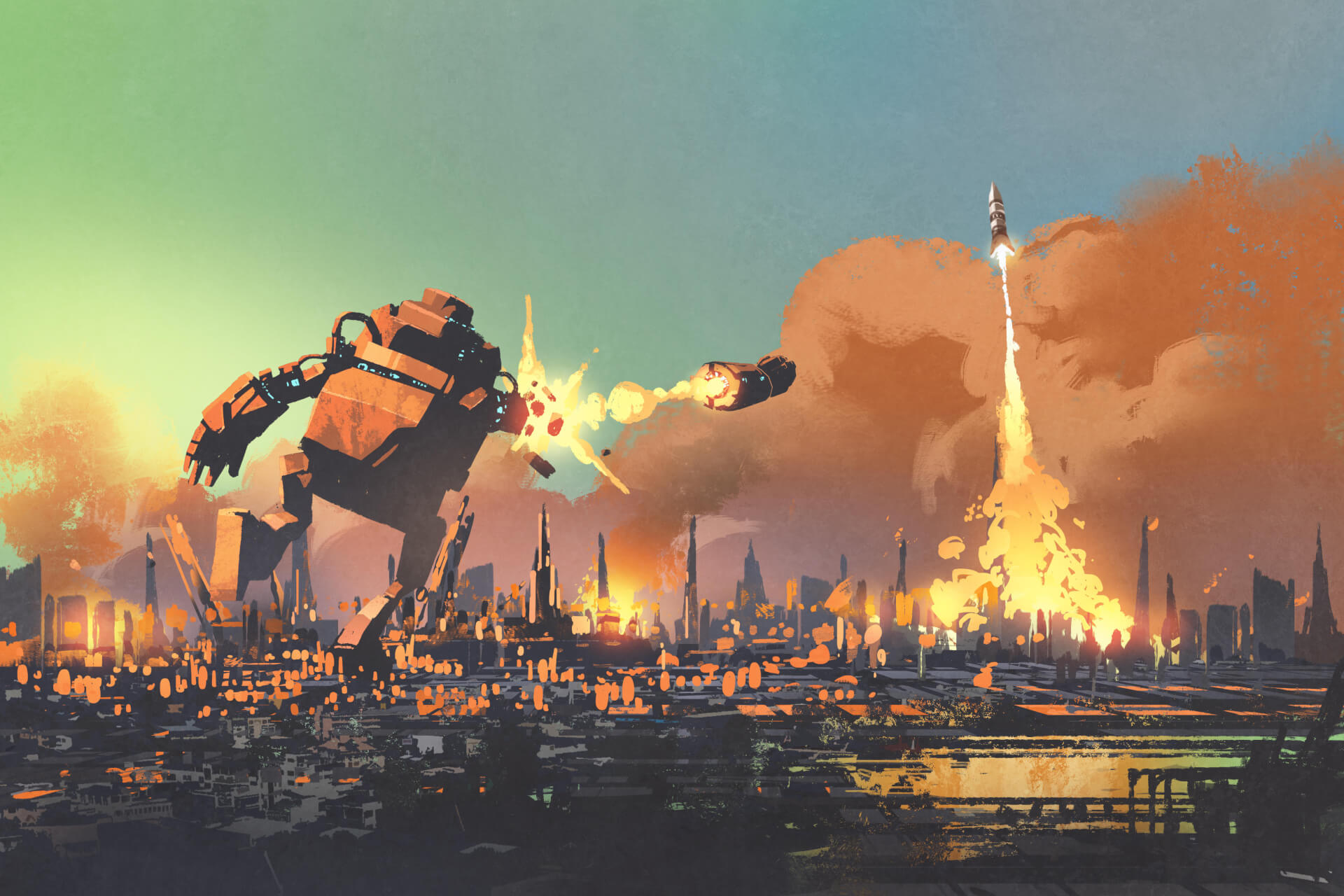As the world celebrates the 50th anniversary of the moon landing, we talk to digital artist Tithi Luadthong, whose work is inspired by space and science fiction. Tithi describes how he uses photography and computer software to convert his imagination into stunning images.
It’s a genre where art, photography and technology converge. Where imagination can create landscapes and images that are literally out of this world. Digital art is everywhere and one of its newest and most exciting talents is Tithi Luadthong. His arresting images burst with colour and grab your attention.
Tithi was born in Ubonratchathani, north-east Thailand, in 1981, and nowadays lives in Bangkok. “I studied in a small school until I was 15 years old, and afterwards I got a vocational degree in design. Then I moved to Bangkok and studied at Poh-Chang Academy of Arts for two years,” he explains, “I graduated with a Bachelor’s degree in architecture at King Mongkut’s Institute of Technology Ladkrabang.”
Tithi decided early on that he wanted to be an artist, “When I was young, I liked watching cartoons and reading comics and manga. I liked drawing all the characters, especially from DragonBall Z [a Japanese anime TV series]. I wanted to become an artist since I was about 15 years old.”
If you can do something that makes you happy, then that is a wonderful thing.
The move from artist to digital artist was gradual, “When I reached working age, I did a lot of hand-drawn interior renderings for 10 years for a company that designed hotels and casinos. From this experience I gained a lot of skill in drawing landscapes and cityscapes. Meanwhile, I learnt to use computer programs to retouch my work. During this time, I became interested in digital painting and improving my skills.”
Nowadays, most of his income is from stock. “The main reason stock is my main source of income is because I think I understand the interest customers have in illustration paintings.”
Tithi prefers this way of working, “When I have freedom of thought I can work much better. It was different when I worked with clients, because every time, they required changes to the artwork. However, whatever the job, I always give my best. I have also been working with a Kickstarter project team to make a table-top roleplaying game; book covers for fiction writers on Amazon and illustrations for Youtubers.”
A number of skills are needed to become a successful digital artist, says Tithi, “Ideas and imagination are important. I spend a lot of time practicing drawing. I believe drawing is an important component of every type of art, such as watercolour painting, acrylic painting; even digital painting, so training is important.”
Much of Tithi’s work has a science fiction theme, “Most of my images are sci-fi paintings and my ideas mostly come from movies (Mad Max, Matrix, Terminator, Blade Runner, Star trek, etc.) or mangas (Blame! by Tsutomu Nihei, Evangelion, Dragonball Z, and so on.) This style made me connect with the characters and different scenes, especially futuristic worlds, spaceships and high-tech cities. I really like and am inspired by cyberpunk and dystopian style.” His favourite artist is Japanese manga artist Tsutomu Nihei.
With the 50th anniversary of the moon landing upon us, does Tithi have any plans to commemorate it with his work? “I’m interested, but my work already has many images of astronauts. Of couse, if I have a good idea I would love to design something to commemorate it!”
The original inspiration for Tithi’s work comes from two main sources – photographs and his imagination, “My first artworks were mostly cityscapes and I created the paintings from photographs I had taken while traveling. Landscape designs were created from ideas from movies.”
So how does Tithi create his stunning images? “My process is not complicated. First, to generate ideas I find information from websites, such as Pinterest, Artstation, Deviantart, 500px and Facebook artist page. Even when I’m watching a movie or reading a book, if I find something interesting, I will note some keywords on paper. For example, this could be something like, ‘rusty robot’, ‘floating islands’, ‘thorn forest’, ‘shipwreck’,’ adventure boy’,’ red cyborg’, ‘evil television’, ‘abandoned tower’, ‘sky train’, ‘crab alien’ or ‘blue smoke monster’.”
“Then, I choose the idea to create a story. I will paint a scenery background by the image that I have in my head through a Photobashing technique, by blending or merging photographs or images and then painting them to create a photo texture. Next, I think about the final image and make sure it consists of a main subject and background.”
Once these stages are completed, Tithi gets painting, “I use Photoshop. I draw the background, using the brush tool for setting the colours and the tone, and then I draw details onto the image. I always set myself the rule to finish the image in one hour. The result can be a little unexpected in terms of composure, textures, brush strokes etc. This kind of work can really help improve my skills. After that, I spend an hour adding more detail, adjusting colours and improving the shading to perfect the image. My working time per image is around two hours.” Anyone who has seen Tithi’s amazing and elaborate images will be surprised to learn how quickly he produces them.
Tithi likes setting himself new challenges. “I wanted to try and draw 365 images in one year. I thought it would be very hard to do, but I succeeded. I thought it was very good practice for putting paintings for sale onto stock sites, and I learned how to speed paint because of this. In the future, I want to try to paint in vector format in Illustrator for my digital painting, to make it look more graphic and reduce the detail. For me it’s difficult and will be a challenge.”
Finally, what advice would he give to anyone wanting to be a digital artist? “Digital art is a huge world; there are many customers around the world who want to buy. I still feel like I’m a beginner and I have so much more to learn. If you are interested in art, you must always keep practicing. I think if you can do something that makes you happy, then that is a wonderful thing.”
Wander through the jaw-dropping worlds that Tithi conjures here. Be warned though…you may never come back.


